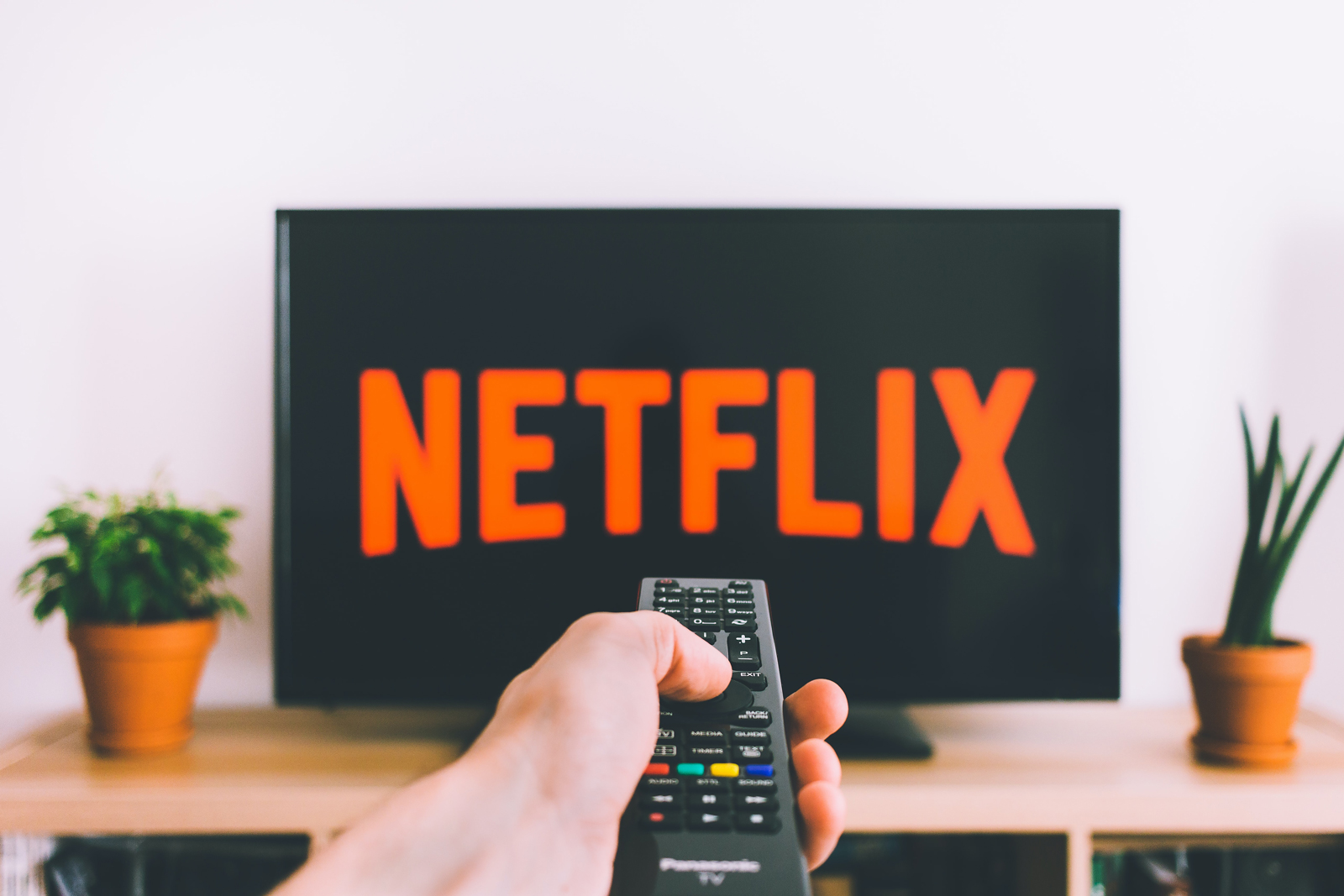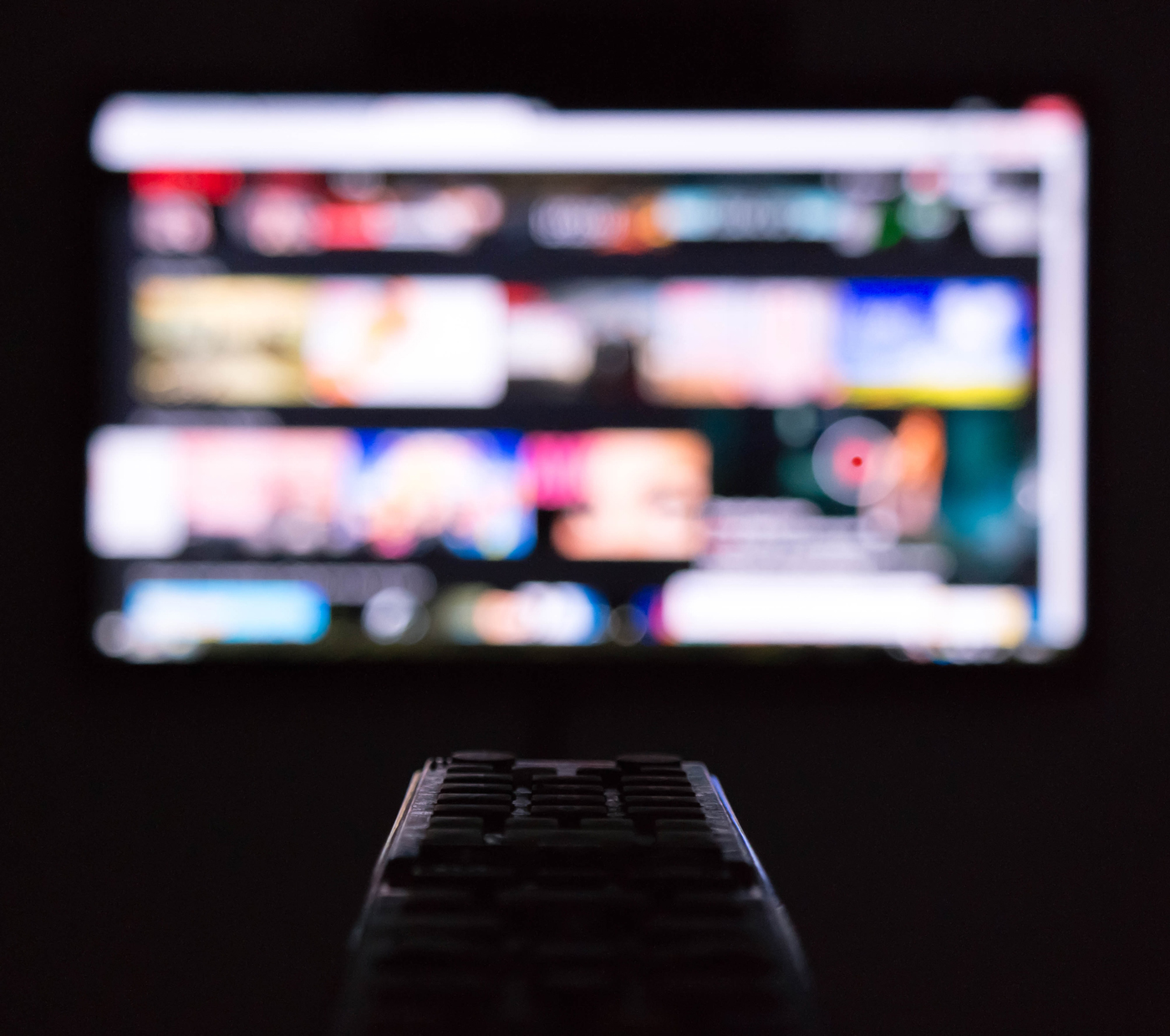Latest News
How to connect your iPhone to your TV
By |
6th January, 2021 |
Categories:

As tech geeks, we all love a bit of iPhone wizardry. However, one thing all smartphones fall down on is screen size. However, don’t despair.
It’s simple to connect your beloved iPhone to a TV so you can view your photos or share your videos with a larger audience more easily. It’s almost as easy as insuring an iPhone through Gadget Cover! Read on to discover how to connect your iPhone to your TV.
Benefits of connecting your iPhone to a TV
Even if you’ve shelled out on the highly desirable iPhone 11 Pro Max, the 6.5-inch Super Retina XDR display is still a pretty meagre size compared to even an average TV.
By connecting the two devices your TV will ‘mirror’ everything on your iPhone, including the home screen, web pages and apps.
Plus, photos and videos will be displayed at full resolution rather than that found on your iPhone. So, connecting your iPhone to your TV is a quick and easy way to be able to view things in a bigger, sharper way.
There are many benefits to being able to do this. At home you might want to put on an old-style slideshow of family photos but need a larger surface to achieve the best effect.
Or if you don’t have the latest Smart TV you might want to binge on the latest must-watch series from Netflix. Or you might just want to show your holiday snaps to your grandparents.
Many iPhone owners also use their gadgets for business. For example, projecting your iPhone onto the big screen will allow you to demonstrate the latest Instagram tricks and tips to your social media team. Or maybe you simply want to display a product’s web page in a meeting.
If you’re using your iPhone for business then iPhone insurance is an important way to protect such an important tool.

How to connect your iPhone to your TV
Method 1: Via an adapter cable
The most straightforward route is to link up directly via a cable. Depending on the age of your TV you’ll need a certain adapter. For older TVs without an HDMI input you’ll need a Lightning to VGA adapter.
For newer TVs it’s better to use an HDMI cable as that will provide the highest quality experience. A Lightning to Digital AV adapter will link your iPhone to a HDMI cable and then into the TV.
However, if you plan on viewing video streaming services such as Netflix, Amazon Prime Video or Hulu, you need to watch out if you purchase an adapter not made by Apple.
Many cables produced by third-party manufacturers lack the High-bandwidth Digital Content Protection (HDCP). HDCP prevents pirates from capturing high-def digital content for their own use. A lack of HDCP means the streaming service won’t pass such media content from your iPhone to your TV.
Once you’ve got an appropriate adapter, do the following:
- Plug a Lightning Digital AV adapter or Lightning to VGA adapter into the charging port on the bottom of the iPhone.
- Connect an HDMI or VGA cable to your adapter.
- Connect the other end of your HDMI or VGA cable to your TV.
- If necessary, switch to the correct video source on your TV.
If the screen resolution doesn’t look great at first, don’t worry. When you show videos or photos the iPhone will send the full resolution to the TV, so it should look crisp and sharp.
Method 2: Via AirPlay
For a completely wireless option you can mirror your iPhone’s display on Apple TV or a Smart TV. Just do the following:
- Make sure the iPhone and Apple TV are connected to the same Wi-Fi network.
- Check your TV is switched on and is displaying Apple TV.
- Open Control Centre on your iPhone.
- Tap Screen Mirroring, then choose your Apple TV or an AirPlay enabled Smart TV as the playback destination (if you have multiple Apple TVs then consider labelling each one separately).
- If an AirPlay passcode appears on the TV screen, enter the four-digit passcode into your iPhone (you’ll only need to do this once for each device).
- To switch back to iPhone, tap Stop Mirroring or the Screen Mirroring button, then choose your iPhone.
Rather than mirroring your iPhone you can simply send video, photos and audio from your iPhone to your TV within the supported apps.
Just tap the AirPlay icon during photo, audio or video playback and then select your Apple TV from the device list.
Using AirPlay this way will consume less battery than mirroring. It also lets you use your iPhone for other tasks while music and video play on the TV.
Using AirPlay is also a great way to cut down on carrying any more cables or accessories than necessary around with you.
However, if you do carry accessories then iPhone insurance can cover them if they’re lost, stolen or damaged at the same time as your gadget.

Other methods
There are other methods to link your iPhone to your TV via an Android TV stick or Chromecast. However, these can require some technical fiddling and have their own drawbacks.
In particular some sticks can be slow, buggy and unreliable and won’t support screen mirroring or protected video streaming.
While the Chromecast is a better bet, again it won't support screen mirroring for iPhones and will only let you navigate certain streaming media apps.
Get iPhone insurance through Gadget Cover
Searching for an iPhone insurance policy that suits your requirements is what the insurance specialists at Gadget Cover pride themselves on.
Our dedicated team will work to protect your iPhone from the risk of being damaged, lost or stolen. This is vital work when we depend on our gadgets for business or pleasure, or both!
Cover arranged through Gadget Cover can include protection from accidental damage, liquid damage, theft, breakdown and unauthorised usage. Your iPhone can also be covered against loss if you choose to pay an extra premium.
Your gadget cover can also be extended to your immediate family if you share devices.
Get a quick quote for iPhone insurance today.
Policy benefits, features and discounts offered may very between insurance schemes or cover selected and are subject to underwriting criteria. Information contained within this article is accurate at the time of publishing but may be subject to change.


